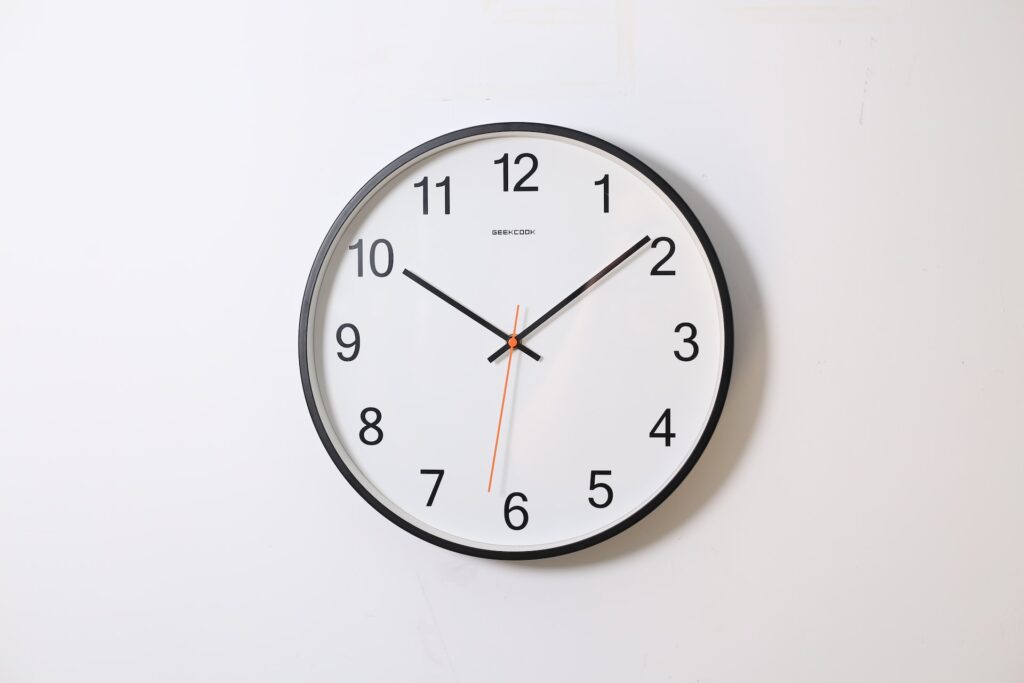Simplifying instructions for daily activities is crucial when caring for patients, especially those with cognitive or physical limitations. Here are some strategies to help you tailor instructions to meet your patient’s needs effectively:
### Create a Predictable Routine
Establishing a consistent daily routine helps reduce confusion and anxiety. Plan out the day with regular times for meals, medication, hygiene tasks, and activities. Visual schedules or calendars with simple pictures can reinforce this routine and guide your patient through their daily tasks.
### Break Down Complex Tasks
Large tasks can be overwhelming, so break them down into smaller, manageable steps. For example, instead of saying “get dressed,” guide your patient through each step: choosing a shirt, putting it on, and fastening buttons. Gentle reminders and having them follow along with family members can also be helpful.
### Simplify the Environment
Decluttering and organizing living areas can significantly improve your patient’s ability to complete daily tasks. Keep commonly used items in dedicated, easily accessible places. Labeling drawers, cabinets, and rooms with both text and pictures can help your patient find what they need more easily.
### Use Adaptive Tools and Technology
Adaptive devices can help preserve independence while simplifying daily activities. Examples include adaptive clothing with Velcro closures, medication organizers with clear labels or timed alarms, and assistive apps for reminders and safety.
### Encourage Independence and Support
While support is essential, encouraging independence whenever possible can boost confidence and self-esteem. Offer choices, such as selecting an outfit or meal, and allow extra time for tasks. Celebrating small accomplishments can keep motivation high.
### Plan Purposeful Activities
Incorporating meaningful tasks into daily routines can keep your patient engaged and feeling accomplished. Activities like folding laundry or watering plants can be adapted to their abilities, making them enjoyable and fulfilling.
By implementing these strategies, you can create a supportive environment that simplifies daily activities and enhances your patient’s quality of life.



